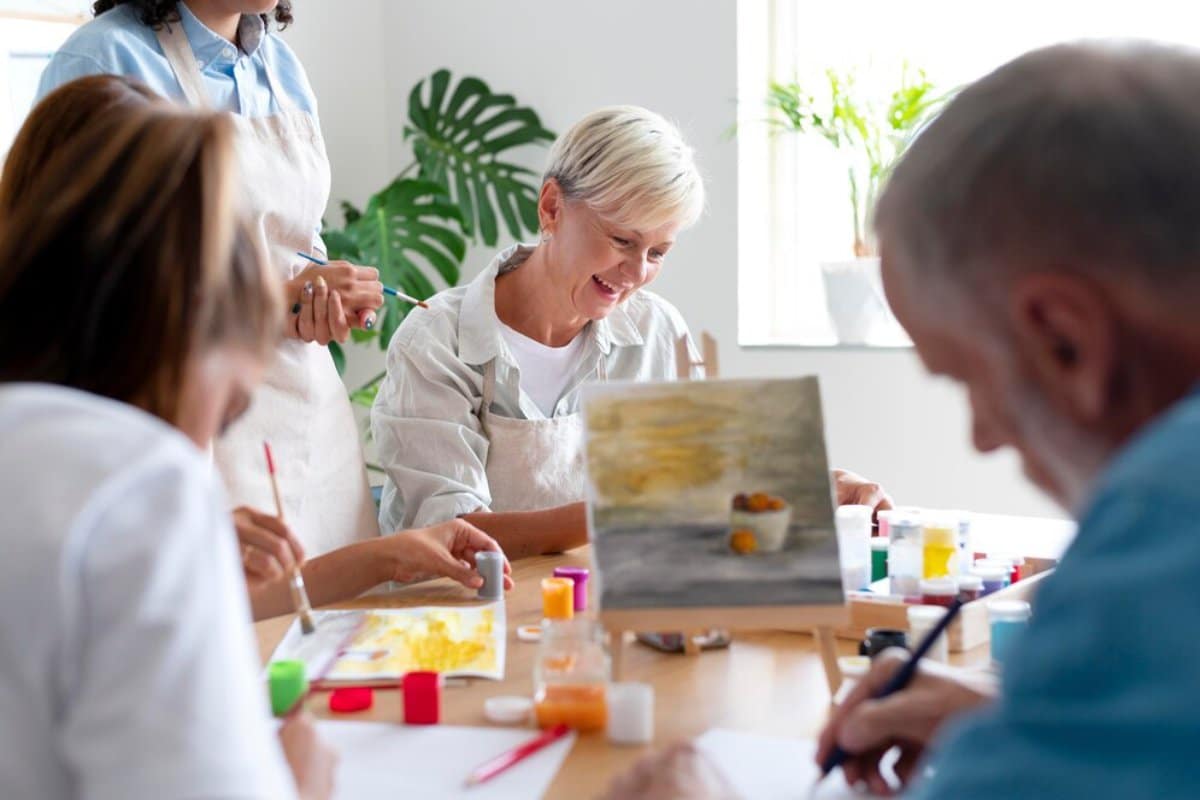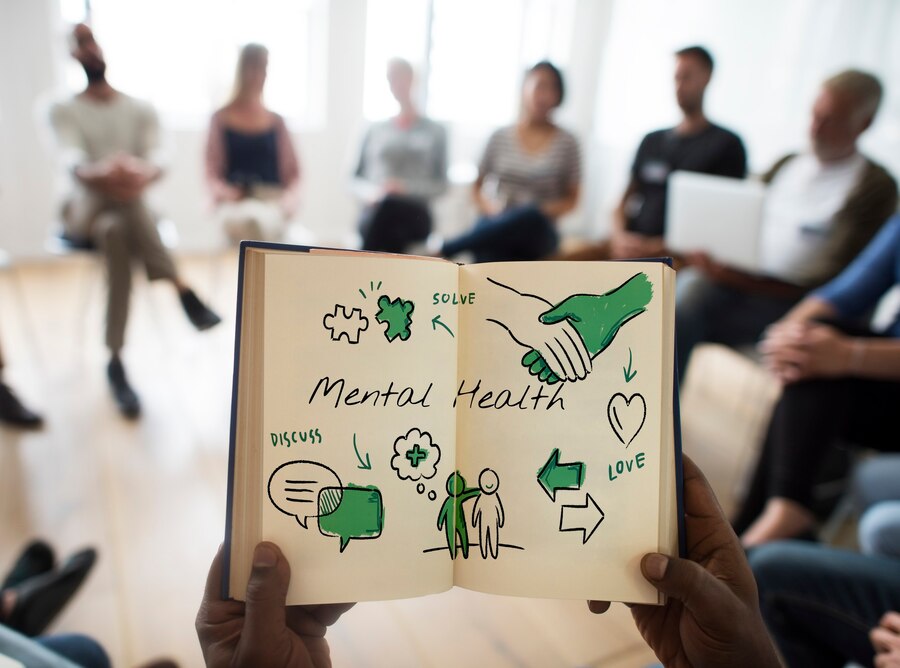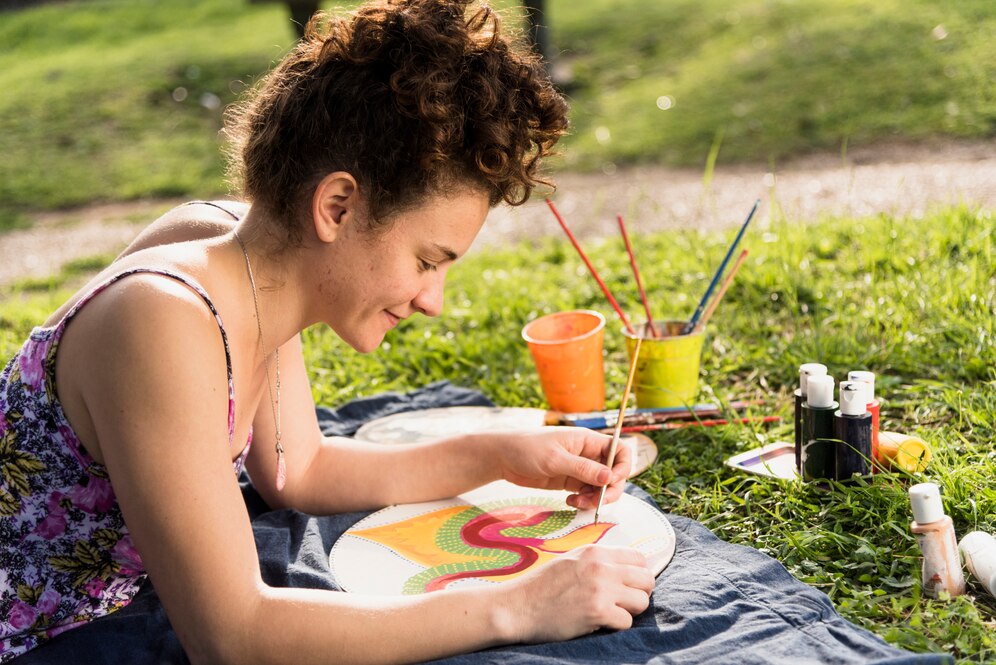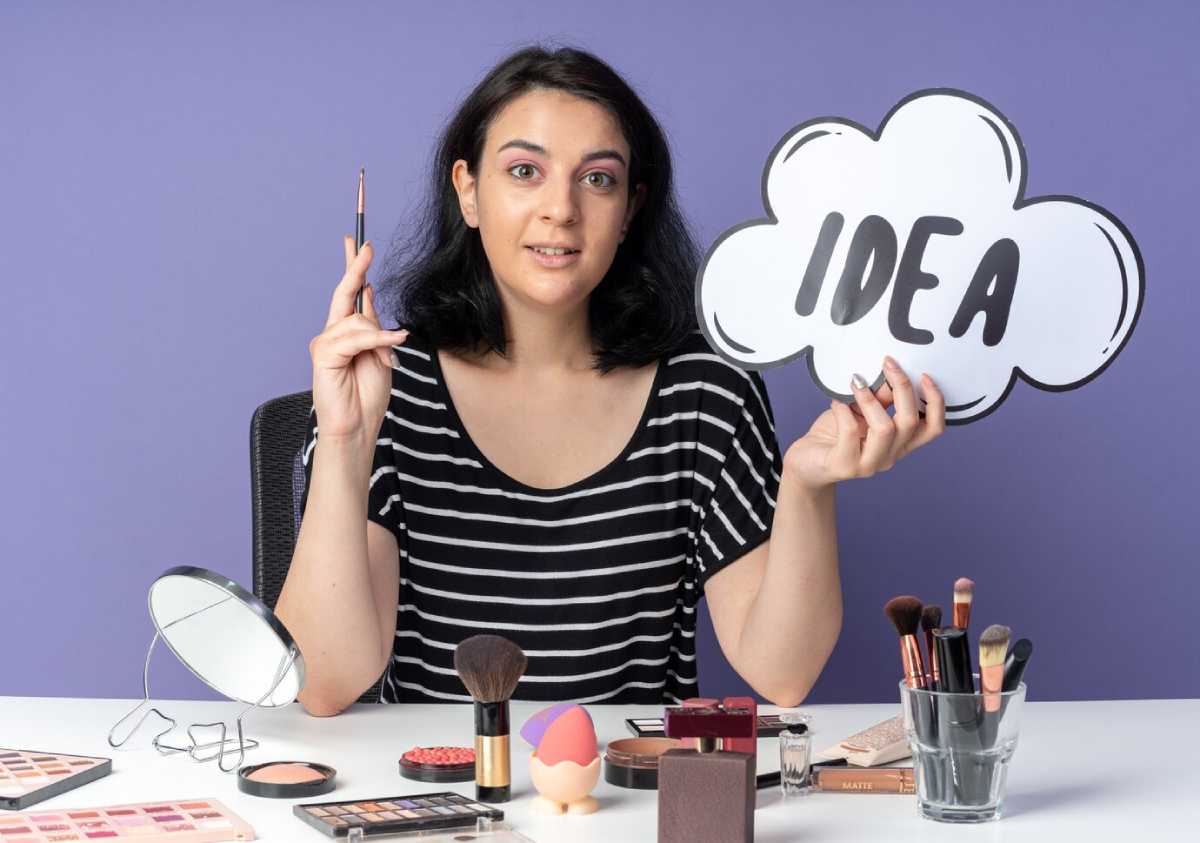
Creative Expression: How Engaging in the Arts Benefits Mental Health
The link between creative expression and mental health has been a subject of interest for many psychologists, artists, and health practitioners. In recent years, there has been a growing recognition of the mental health benefits that engaging in the arts can provide. Whether through painting, music, dance, or writing, creative expression offers a unique avenue for individuals to explore their emotions, reduce stress, and improve overall well-being. This blog will delve into the myriad ways in which the arts can enhance intellectual wellness and support mental health.
Key Benefits of Creative Expression for Mental Health
Creative expression isn’t just a hobby; it’s a strong way to boost mental health. Engaging in artistic activities can have many benefits that help improve overall wellness.
Emotional Release and Stress Reduction
Creative expression is a powerful balm for the soul. It unlocks emotional release and invites feelings to dance off the canvas. Many discover that art serves as a bridge for unsaid emotions. For those who grapple with verbal expression, this is a lifeline. Art therapy—an imaginative form of psychotherapy—offers a refuge for troubled minds. It reduces stress and anxiety, transforming raw emotions into vibrant masterpieces. This creative outlet provides a safe haven where feelings flourish and heal.
Boosting Self-Esteem and Confidence
Engaging in creative activities can also boost self-esteem and confidence. Finishing an art project or learning a new skill brings pride and a sense of achievement. This boost in self-esteem can positively impact other parts of life. It helps people face challenges with new confidence.
Enhancing Cognitive Function
Participating in the arts can also enhance cognitive function. Creative activities need problem-solving, critical thinking, and seeing things from various views. These skills are key to intellectual wellness. They can boost mental agility and flexibility. Engaging in the arts can help delay cognitive decline in older adults. This makes art a useful tool for keeping minds sharp.
Fostering Social Connections
Artistic activities can help build social connections. These connections are important for mental health. Joining art projects or classes helps you meet new people. It also builds supportive communities. Social interactions can help lessen feelings of isolation and loneliness. These feelings often lead to mental health problems.
The Link Between Creativity and Mental Health

Creativity engages the brain in ways that encourage emotional release, problem-solving, and mindfulness. It allows individuals to express complex emotions that may be difficult to put into words, making it an effective way to improve mental well-being.
Benefits of Creative Expression:
- Reduces Stress and Anxiety: Engaging in artistic activities lowers cortisol levels, the hormone associated with stress.
- Enhances Emotional Processing: Creative tasks help individuals explore and understand their emotions more effectively.
- Boosts Self-Esteem: Completing a creative project fosters a sense of accomplishment and self-worth.
- Encourages Mindfulness: The focus required for artistic activities promotes relaxation and present-moment awareness.
How to Engage in Creative Expression
If you want to add creativity to your life, there are many ways to begin. Below are some actionable insights for engaging with the arts to enhance mental health.
Hobbies and Personal Projects
Explore your creativity with personal art projects. They are a goldmine of inspiration! Painting landscapes, sketching characters, or writing thoughts, each stroke and word brings joy. Set aside time each week to feed your artistic spirit. Dive into the process completely. Remember, it’s not just about the final piece; it’s about the journey of self-expression. So grab your tools, and let your creativity soar!
If you’re in search of a supportive touch, consider art therapy sessions. Here, art therapists skillfully lead you through creative pathways to healing. It’s a canvas for self-discovery, allowing expressions to flow freely. These sessions are especially valuable for those grappling with trauma, depression, or anxiety. You can explore feelings and share experiences through art’s magic in this safe space.
Community Art Classes and Workshops
Dive into community art classes or workshops for a splash of creativity. These vibrant spaces ignite new skills and foster connections with fellow creators. Here, inspiration flows like paint on a canvas as you learn from diverse voices. From painting to sculpture, dance, and music, there’s an art form waiting just for you. Discover the joy of expression and find your artistic rhythm in the community.
The Role of Art Therapy in Mental Health Treatment
Art therapy is a structured form of therapy that uses artistic activities to help individuals process emotions, cope with trauma, and manage mental health conditions.
How Art Therapy Works:

- Encourages non-verbal communication for those struggling to express emotions.
- Helps individuals confront difficult feelings in a safe and constructive way.
- Fosters self-awareness and emotional healing through guided artistic exercises.
Art therapy is used in various settings, including mental health clinics, hospitals, and community wellness programs, proving its effectiveness in improving emotional well-being.
Incorporating Creativity Into Everyday Life
Making creativity a part of your daily routine doesn’t require professional skills or expensive materials. Small, consistent efforts can make a significant difference in mental health and personal fulfilment.
Tips to Cultivate Creative Expression:
- Set aside time each day for a creative activity, even if it’s just 10–15 minutes.
- Try new artistic hobbies to discover what resonates with you.
- Use creativity as a form of self-care by engaging in art after a stressful day.
- Avoid self-judgment—focus on the process rather than the outcome.
Conclusion: Embrace the Power of Creative Expression

Creative expression is a powerful tool for enhancing mental health and intellectual wellness.
Unleash your emotions and elevate self-esteem through the vibrant world of arts. Engaging in creative expression sparks joy and ignites connections. Explore your creativity through personal projects, art therapy, or community classes. Many options are available for your artistic journey.
Explore how creativity can boost your mental health and well-being. As you embark on this colourful journey, keep an open mind and a curious heart. Artistic expression offers many rewards, like a colourful painter’s palette. It can boost your mental health and lead to a fulfilling life.
So pick up a brush, pen, or instrument, and let your creativity flow.


